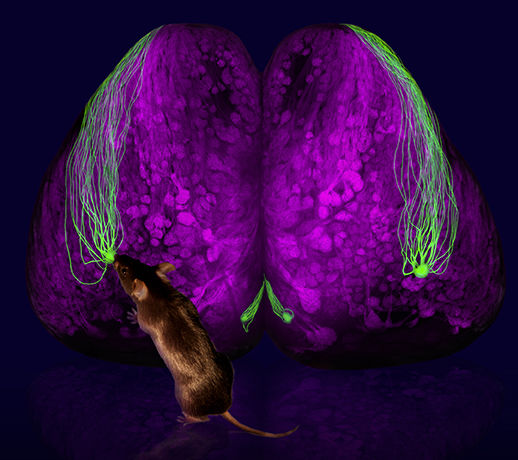
Previous Projects

Timing in olfaction
Our lab's early, foundational work focused on unraveling the temporal
aspects of olfactory information processing using psychophysics, electrophysiology, and optogenetics. Contrary to the common belief, we demonstrated that olfactory processing is temporally very precise at
both the levels of the neural code (Shusterman-2011) and of behavior
(Smear-2011, -2013), and also that it can be very fast: mice can make
olfactory decisions in less than 100 ms (Resulaj-2015).
Odor identity coding
Humans can easily identify visual objects independent of their position and lighting, words in speech independently of their volume and pitch, and smells independently of odor concentration or the presence of background odors. Recently we propose a new model for concentration invariant odor coding, Primacy coding model (Wilson-2017). According to this model, the odor identity is encoded only by a small number of the most sensitive receptors for a given odor. Higher concentration of an odor excites larger number of receptors/glomeruli. So, the common feature across different concentrations is a set of glomeruli with highest affinity to a given odor, which are excited at all concentrations. We assume that those glomeruli are excited first during an odor inhalation (see figure). Thus, among all excited glomeruli for a given odor, the glomeruli excited first should have a preferentially higher relevance for odor recognition.
The strong evidence for this model has been recently obtained in series of experiments in the lab. Mice were train to discriminate between two odors independently of their concentrations. Using temporally precise optogenetic masking of OSNs, we established that a mouse can discriminate odor identity using only information presented during a small temporal window at the beginning of the sniff cycle. This window is much shorter than the time at which most glomeruli are activated. So, animals were able to make a concentration independent odor discrimination based on signals from very few first glomeruli (Wilson-2017)
Primacy coding model:
